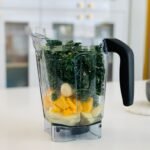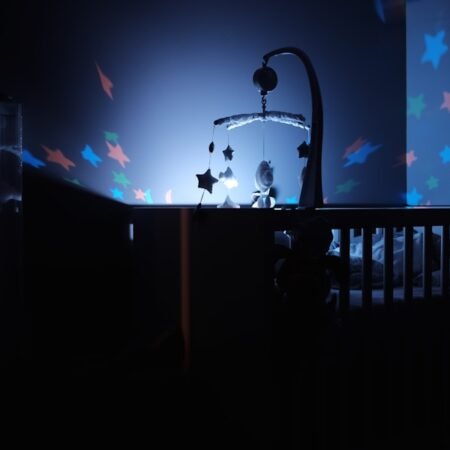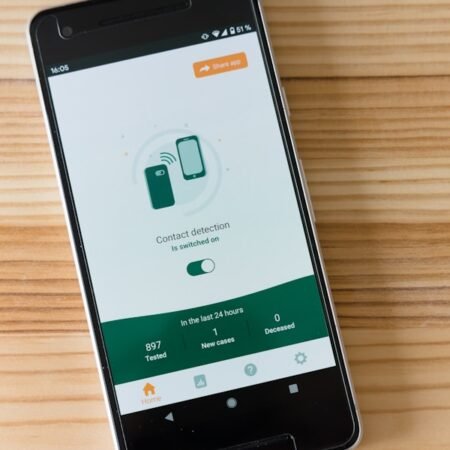As a new parent, it is essential to prioritize your baby’s safety and well-being by creating a secure environment that fosters exploration and growth. Since babies are innately curious and tend to put objects in their mouths, it is crucial to take proactive measures to eliminate potential hazards and create a safe space for them to thrive. Baby-proofing is not only about preventing accidents but also about promoting independence and allowing your baby to explore their surroundings with minimal supervision.
By baby-proofing your home, you can provide your baby with the freedom to move and play safely while giving yourself peace of mind, knowing that they are protected from potential dangers. This involves taking specific measures such as securing furniture to prevent tipping, covering electrical outlets, and installing safety gates, all of which are vital in creating a nurturing and secure environment for your baby.
Key Takeaways
- Baby-proofing is essential for creating a safe environment for your baby to explore and play in.
- Use baby gates, outlet covers, and cabinet locks to baby-proof every room in your home.
- Secure heavy furniture and appliances to prevent tipping and falling hazards.
- Regularly reassess and update your baby-proofing measures as your baby grows and becomes more mobile.
- Consider outdoor baby-proofing measures such as fence locks and soft play surfaces to create a safe outdoor space for your baby.
Essential Baby-Proofing Gear for Every Room in Your Home
When it comes to baby-proofing your home, there are several essential pieces of gear that you’ll need to ensure your baby’s safety in every room. In the nursery, it’s important to have a sturdy changing table with safety straps to prevent your baby from rolling off. Additionally, securing furniture such as dressers and bookshelves to the wall can prevent tipping accidents.
In the kitchen, cabinet locks and stove knob covers are essential for keeping your baby safe from potential hazards. In the living room, investing in corner guards for sharp furniture edges and outlet covers for electrical sockets is crucial for creating a safe space for your little one. In the bathroom, a non-slip bath mat and faucet cover can help prevent slips and bumps during bath time.
It’s also important to install toilet locks to prevent drowning hazards. Finally, in the outdoor spaces, investing in a playpen or baby fence can create a safe area for your baby to play while keeping them away from potential dangers such as pools or garden equipment. By investing in these essential baby-proofing gear for every room in your home, you can create a secure environment for your baby to explore and grow.
Expert Tips for Creating a Safe and Secure Environment for Your Baby
Creating a safe and secure environment for your baby goes beyond just installing baby-proofing gear. It’s important to take a comprehensive approach to baby-proofing by considering all potential hazards and addressing them proactively. One expert tip for creating a safe environment for your baby is to get down on their level and look for potential hazards from their perspective.
This can help you identify any overlooked dangers such as small objects that could be choking hazards or cords that could pose strangulation risks. Another expert tip is to be mindful of potential hazards as your baby grows and becomes more mobile. As your baby starts crawling and walking, they will be able to reach higher surfaces and explore new areas of your home.
This means that you’ll need to regularly reassess and update your baby-proofing measures to ensure that they remain effective as your baby grows and develops. Additionally, it’s important to educate yourself on CPR and first aid techniques so that you’re prepared to respond in case of an emergency. By following these expert tips, you can create a safe and secure environment for your baby to thrive.
Common Household Hazards to Watch Out for and How to Address Them
| Area | Hazard | Prevention |
|---|---|---|
| Kitchen | Hot surfaces | Use stove guards and keep pot handles turned inward |
| Bathroom | Slippery floors | Place non-slip mats and install grab bars |
| Living Room | Sharp edges | Use corner guards and edge bumpers |
| Bedroom | Choking hazards | Keep small objects out of reach and use safety gates |
There are several common household hazards that parents should be aware of when baby-proofing their homes. One common hazard is small objects that could pose choking risks for babies. It’s important to keep small items such as coins, buttons, and batteries out of reach of your baby to prevent choking accidents.
Another common hazard is furniture tipping, which can be prevented by securing heavy furniture such as dressers and bookshelves to the wall using safety straps. Electrical outlets are another common hazard that should be addressed when baby-proofing your home. Outlet covers can be used to prevent your baby from sticking their fingers or objects into electrical sockets.
Additionally, window blind cords should be kept out of reach of your baby to prevent strangulation risks. By being aware of these common household hazards and taking proactive measures to address them, you can create a safer environment for your baby to explore and play.
Choosing the Best Baby-Proofing Products for Your Family’s Needs
When it comes to choosing baby-proofing products for your home, it’s important to consider your family’s specific needs and lifestyle. There are a wide variety of baby-proofing products available on the market, so it’s important to choose products that are both effective and practical for your home. For example, if you have stairs in your home, investing in safety gates that are easy to install and use is crucial for preventing falls and accidents.
Additionally, if you have pets in your home, it’s important to choose baby-proofing products that can also keep your pets safe while preventing access to certain areas of your home. It’s also important to consider the durability and quality of baby-proofing products to ensure that they will withstand wear and tear over time. By choosing the best baby-proofing products for your family’s needs, you can create a safe and secure environment for your baby to explore and grow.
Creating a Safe Outdoor Space for Your Baby
In addition to baby-proofing the interior of your home, it’s also important to create a safe outdoor space for your baby to play and explore. Investing in a playpen or baby fence can create a secure area for your baby to enjoy the outdoors while keeping them away from potential hazards such as pools or garden equipment. Additionally, it’s important to ensure that outdoor play equipment such as swings and slides are age-appropriate and properly maintained to prevent accidents.
It’s also important to be mindful of potential outdoor hazards such as poisonous plants or sharp objects that could pose risks for your baby. By creating a safe outdoor space for your baby, you can provide them with the opportunity to enjoy fresh air and sunshine while ensuring their safety and well-being.
The Importance of Regularly Reassessing and Updating Your Baby-Proofing Measures
As your baby grows and develops, it’s important to regularly reassess and update your baby-proofing measures to ensure that they remain effective. As your baby becomes more mobile, they will be able to reach higher surfaces and explore new areas of your home, which means that new hazards may arise. It’s important to stay vigilant and proactive in addressing potential dangers as they arise.
Additionally, as new products and technologies become available, it’s important to stay informed about the latest advancements in baby-proofing gear. By staying up-to-date with the latest safety recommendations and products, you can ensure that your baby is protected from potential hazards in your home. In conclusion, baby-proofing your home is an essential step in creating a safe and secure environment for your little one to explore and grow.
By understanding the importance of baby-proofing, investing in essential baby-proofing gear for every room in your home, following expert tips for creating a safe environment, being aware of common household hazards, choosing the best baby-proofing products for your family’s needs, creating a safe outdoor space, and regularly reassessing and updating your baby-proofing measures, you can provide your baby with the freedom to move and play safely while giving yourself peace of mind knowing that they are protected from potential dangers. Baby-proofing is not just about preventing accidents; it’s about promoting independence and allowing your baby to explore their surroundings without constant supervision. By taking proactive measures to eliminate potential hazards, you can create a nurturing and secure environment for your little one to thrive.
FAQs
What is baby-proofing?
Baby-proofing is the process of making a home safe for infants and young children by identifying and addressing potential hazards.
Why is baby-proofing important?
Baby-proofing is important because it helps prevent accidents and injuries to young children who are curious and unaware of potential dangers in their environment.
What are some common hazards that need to be addressed when baby-proofing a home?
Common hazards that need to be addressed when baby-proofing a home include electrical outlets, sharp corners, choking hazards, toxic substances, and falling hazards.
What are some essential baby-proofing products?
Essential baby-proofing products include outlet covers, cabinet locks, corner guards, safety gates, and furniture straps.
When should baby-proofing be done?
Baby-proofing should be done before a baby starts crawling or walking, typically around 6-12 months of age.
What are some expert tips for baby-proofing a home?
Expert tips for baby-proofing a home include getting down on a child’s level to identify potential hazards, securing heavy furniture to the wall, and keeping small objects out of reach.



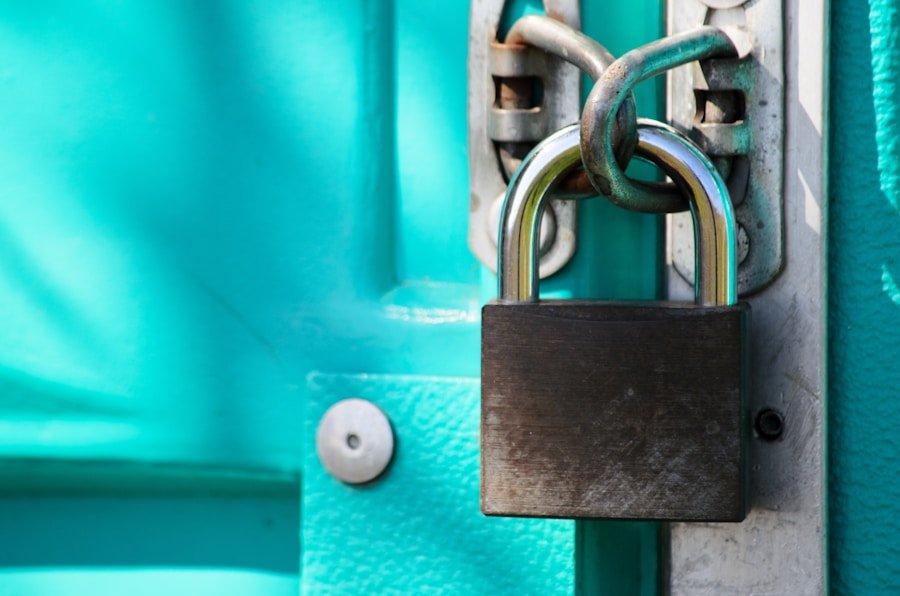







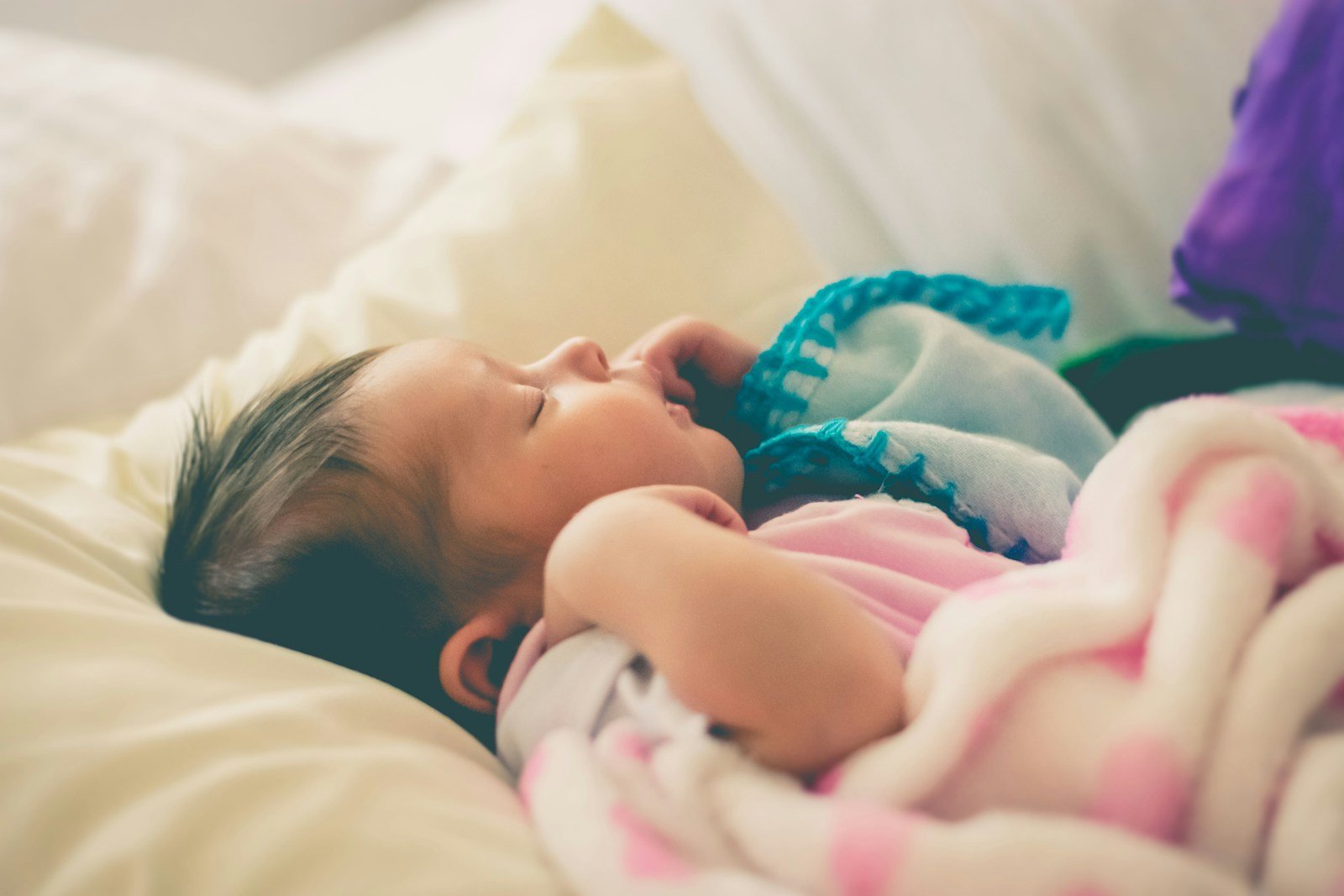
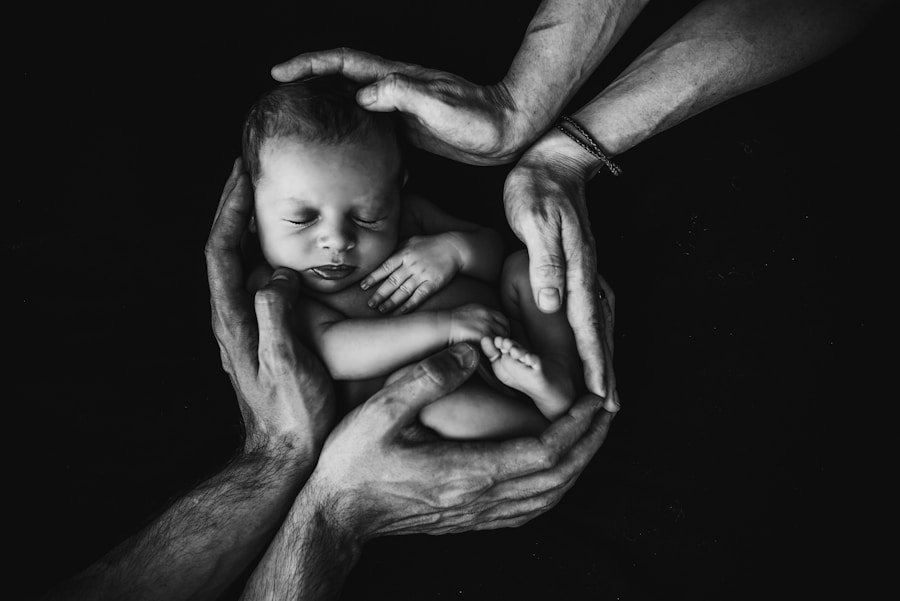

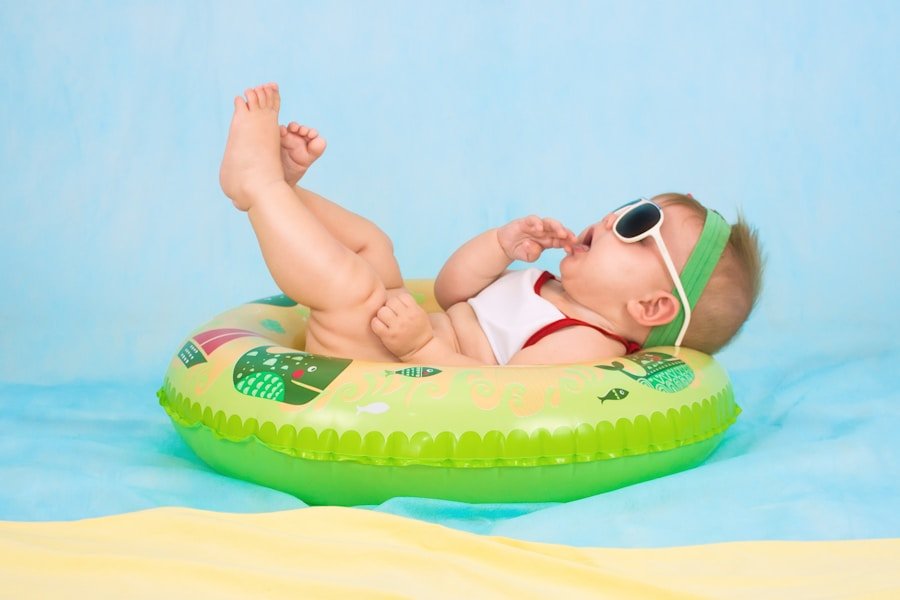







![Baby Safety Outlet Cover BOX [Patent Pending] Double Lock for Muc...](https://m.media-amazon.com/images/I/41zRWRRTB7L.jpg)


